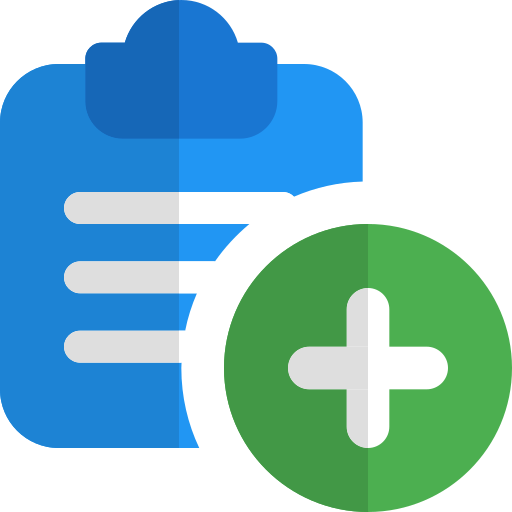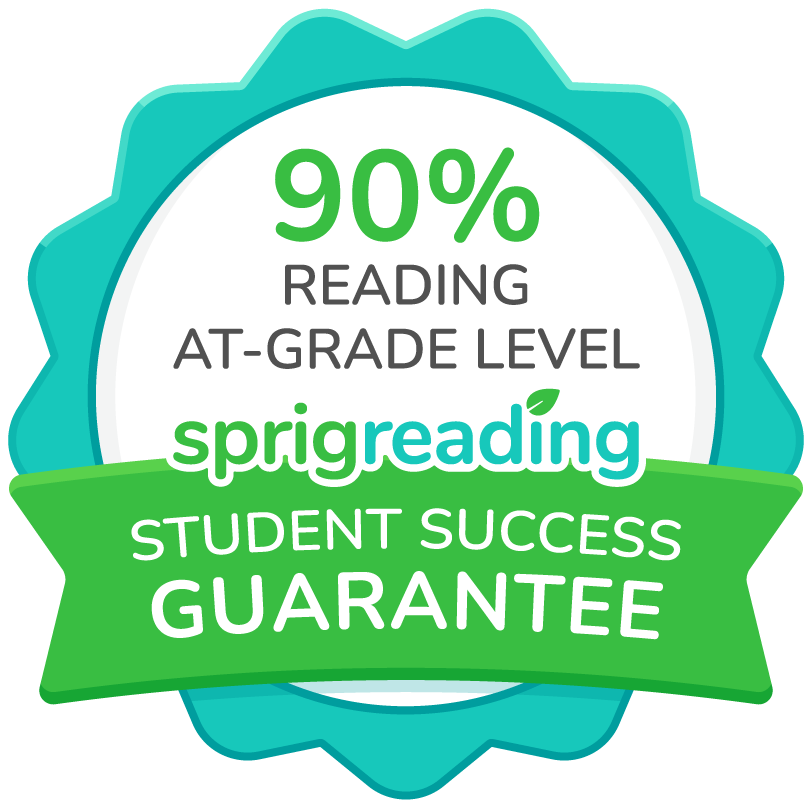Improving existing early literacy assessments in Pre-K to Grade 3 classrooms can involve two approaches:
- Replacing an entire assessment toolkit with a completely new tool.
- Adding something new to enhance existing assessment tools.
This article focuses on the latter, that is, specifically enhancing an existing early literacy assessment toolkit.
In this context, enhancing consists of both enriching and supplementing.
Both approaches are discussed in this article, along with their impact on early literacy assessments and the popular tools commonly used by schools.
When these approaches are implemented together, they supercharge early literacy assessments, as the article will conclude.
Enriching Assessments VS Supplementing Assessments
 VS
VS 
Enriching makes early literacy assessments better without adding any new dimensions.
Enriching existing assessments refines their current functionality, improving efficiency, precision, or usability. It doesn’t fundamentally change the scope but improves the assessment process.
For example, consider a formative assessment that evaluates students’ understanding of phonics through an assessment administered once a week.
Enriching this will involve providing clear instructions, how the assessment links to what students have been learning and be provided with data to improve student learning.
Supplementing makes early literacy assessments better by giving it new features, domains and skills.
Supplementing expands assessments to include new domains and skills—additional data points, broader skill sets, or more frequent evaluation to enrich instructional decisions.
For example, that same formative assessment can be expanded by adding assessments on more specific foundational skills components such as segmenting in phonological awareness or punctuation meaning in fluency.
Enhancing Early Literacy Assessment Tools Through Enrichment and Supplementation

When the two aspects of enhancement are implemented together, they can supercharge existing Pre-K to 3 assessments. It creates a powerful and more holistic assessment ecosystem that fosters improved literacy outcomes by filling in critical learning gaps.
What does this look like? To answer this, the current assessment toolkit must be analyzed.
Each assessment tool can be enriched, supplemented, or ideally, both.
Let’s take a look at four common assessment tools. What parts of each can be enriched, and what potential missing parts can be completed?
Universal Screeners
Universal screeners offer a broad look at how students are performing across essential reading skills. They are most often administered to everyone and happen one to three times a year.
- Enrichment: The screeners can be fitted with control variable measures which can help mitigate implicit bias factors. For example, each student should be assessed only after they feel comfortable with the teacher. Familiarity with the teacher will be one control variable.
- Supplementation: Screener results can include the flagging of students near the cutoff, allowing for a second screening to eliminate false negatives. This added data point supplements the teacher’s previous understanding of identifying who truly needs help, before passing them on.
Diagnostic Assessments
Diagnostic assessments help pinpoint specific skill gaps in students struggling to meet reading benchmarks. They are typically administered to certain students, after a universal screener.
- Enrichment: For those set on manually administering assessments, the diagnostic assessments can be streamlined with adaptive questioning to lighten the workload.
- Supplementation: The diagnostic assessments can include personalized activity recommendations for those students struggling with a specific skill area.
Progress Monitoring
Progress monitoring tracks student growth over time to ensure instruction is effective. They are administered on an ongoing basis in between the universal screeners.
- Enrichment: For those recording data manually on spreadsheets, the progress monitoring assessments can be designed to have a digital repository of this data.
- Supplementation: For those tracking broad domains like comprehension or fluency, the assessments can include the monitoring of the underlying sub skills as well, ensuring a strong and lasting reading foundation.
What About Outcome Evaluations?

Outcome evaluations measure whether students meet end-of-year goals and literacy benchmarks. They are usually administered at the end of Grade 3.
Enriching and supplementing formative assessments (that are for learning) should lead to improved reading performance in outcome evaluation assessments (that are of learning).
Since outcome evaluations are summative and not formative, enriching or supplementing them may risk distorting the final measure of whether students can read by a specific time.
That being said, one way to enhance outcome evaluations is by supplementing them with longitudinal data tracking. This reveals each student’s growth across skills from their baseline throughout their entire literacy journey.
Progress monitoring tools have this ability, whereby it can greatly expand the scope of a traditional end-of-year summative assessment.
Thus, it ensures that educators have a complete understanding of how students’ skills develop year-over-year.
This approach will better inform educators on whether to retain students in Grade 3, a contentious issue that can be addressed more effectively when outcome evaluation assessments are enhanced.
So yes, outcome evaluation assessments can be enhanced as well through supplementation, by ensuring they are linked to all prior progress monitoring assessments, diagnostic assessments, and screeners.
Enhancing Early Literacy Assessments With Sprig Reading

For teachers and school leaders looking to revamp their early literacy assessment strategies, Sprig Reading is a digital progress monitoring tool that enhances existing research-based programs and resources.
While it helps teachers easily monitor the progress of all students across hundreds of foundational reading skills, it also enhances and supplements other tools such as universal screeners, diagnostic assessments, and even other progress monitoring solutions that have limited scope.
Sprig Reading enriches the efficiency and user-friendliness of assessment tools by being available on tablets, web browsers and phones, and offering a simple and proven methodology to regularly monitor and track foundational reading skills against research-based benchmarks.
It also supplements these tools by providing the ability to continuously track a broader range of skills, thus adding more dimensions in frequency and skills coverage.
By enhancing the ease and speed of assessments and supplementing them with continuous insights across all foundational reading skills, Sprig Reading offers a comprehensive solution to meet the diverse needs of all students.
Whether the focus is on improving universal screeners, diagnostics, progress monitoring, or outcome evaluation, Sprig Reading provides a solution by monitoring progress differently. It offers schools a way to deliver a more complete and responsive picture of early literacy development.
Sprig 3.0 Has Launched!

Sprig Reading is a digital tool for tracking and monitoring early reading progress, enhancing any evidence-based program.

